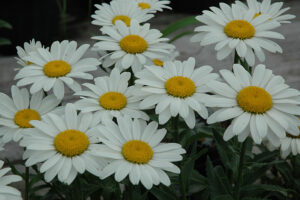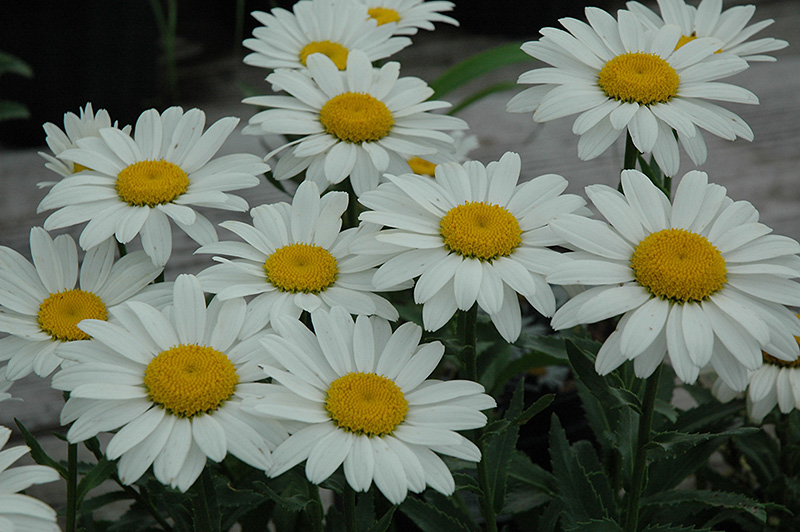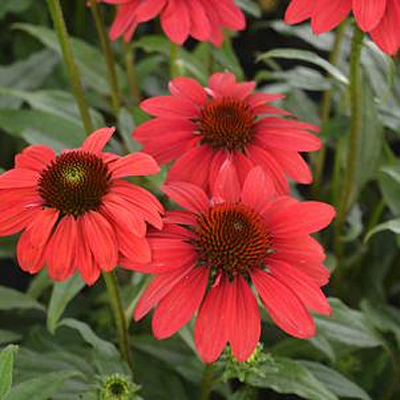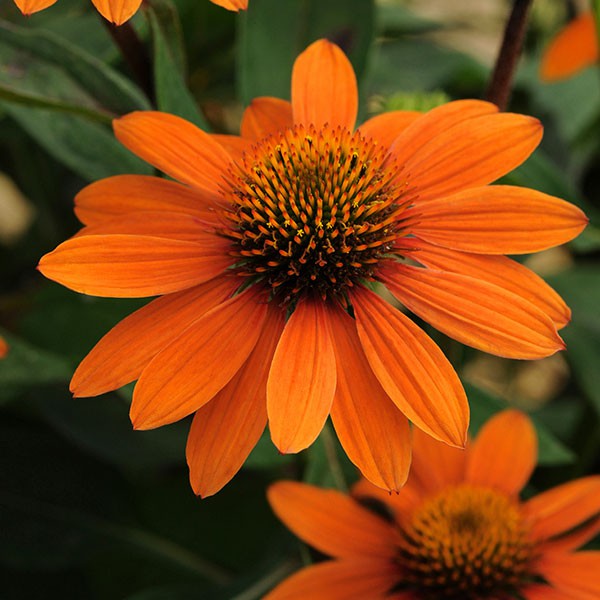Description
 Leucanthemum × superbum ‘Snowcap’
Leucanthemum × superbum ‘Snowcap’
Shasta Daisy
USDA Zone: 4-9
(Formerly Chrysanthemum maximum) No sunny border would seem complete without the familiar presence of Shasta Daisies. This is an especially compact selection, with masses of single white flowers, each with a yellow center. Excellent for cutting. Also great for edging, or in mixed containers. Removing faded flowers will greatly increase the blooming time. Divide plants in the spring every 2 to 3 years to maintain vigour. Shasta Daisy is a well-behaved garden hybrid and should not be confused with the weedy Ox-eye Daisy (Leucanthemum vulgare).
Sun Exposure Full Sun or Partial Shade
Soil Type Normal or Sandy or Clay
Soil pH Neutral or Alkaline or Acid
Care Level Easy
Flower Color White Yellow
Blooming Time Early Summer Mid-Summer Late Summer Early Fall
Foliage Color Deep Green
Plant Uses & Characteristics
Accent: Good Texture/Form Alpine & Rock
Attracts Butterflies Attracts Hummingbirds
Border Containers
Cut Flower Deer Resistant
Edging Rabbit Resistant
Massed
Flower Head Size Medium
Height 12-14 inches
Spread 12-18 inches
Foot Traffic None
Growth Rate Medium




Reviews
There are no reviews yet.